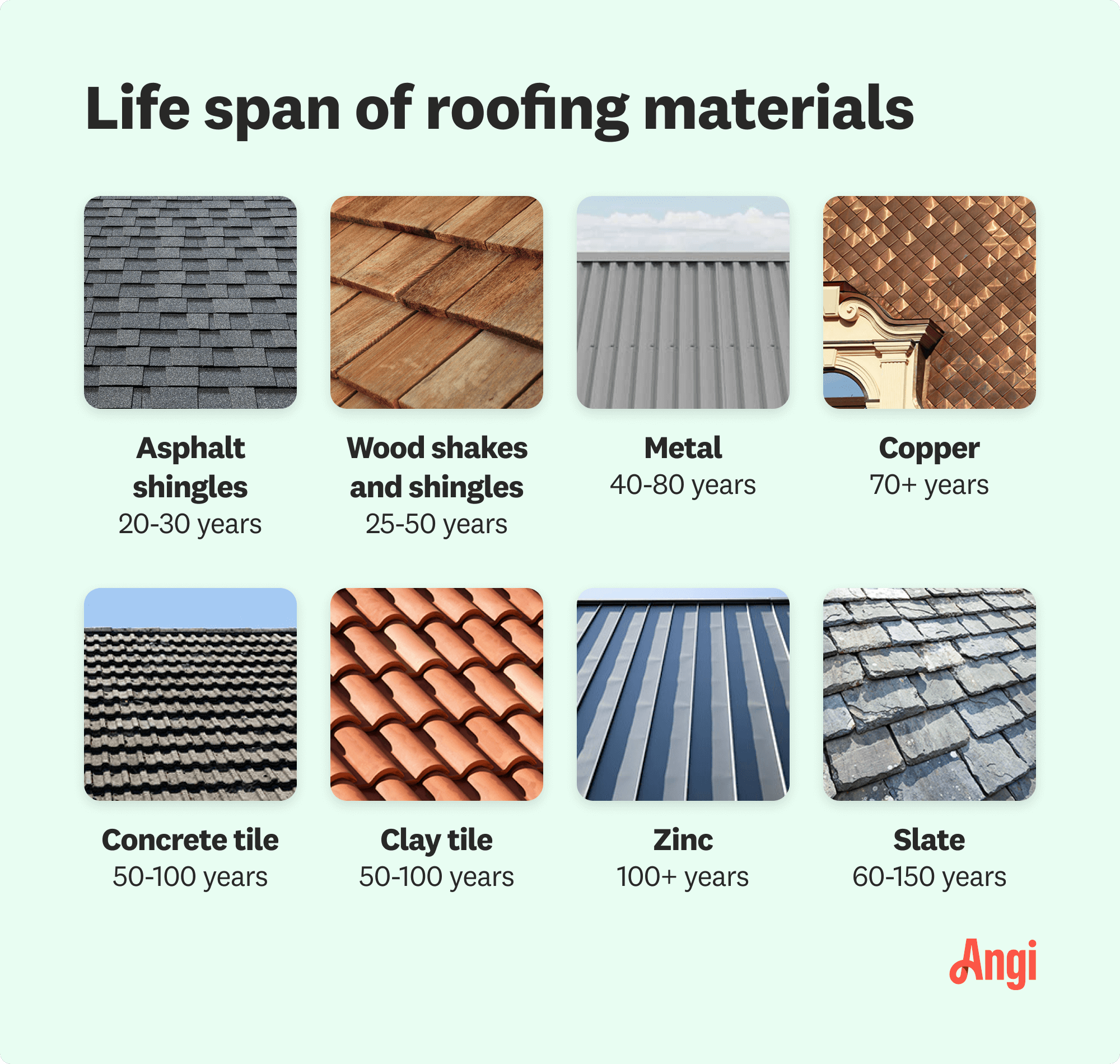
A metal roof can defend your home against Ohio’s varying weather conditions. Learn how much a metal roof costs in Columbus, OH.
Age your roof accurately


Your neighbors or the previous owners may remember the replacement date.
You may need to ask local government entities for help.
Knowing the age of the roof helps you figure out a replacement schedule.
If you live in a home with previous owners, you may wonder when your roof was installed—and who installed it. By accurately aging your roof and knowing its origin, you can estimate when you need to replace it. Learn how to find out who installed your roof, and when they did the job.
You can use several resources to find out who installed your roof, and when it happened.
Check with your local government’s building permit office to see whether the previous owner or the repair company pulled a permit to do the last roof replacement. Any roofing permits issued are public record and should identify the contractor who installed the roof.
Check with your neighbors about whether they remember the last time a roof replacement occurred at your home. Your neighbors also might remember the company that did the roof replacement.
Neighbors could have contact information for the previous owners of your home, so you could ask them directly when the last roof replacement occurred.
Home insurance companies often maintain records of the last roof replacement for the home. If the replacement occurred as part of a storm damage claim, the insurer will have this information.
However, you may not want to ask your insurance company this type of question. Insurers sometimes will increase your rates if your roof is older. They may require you to replace the roof to maintain your insurance coverage. If you ask the insurer about the age of your roof, the company may start investigating and change your rates or policy accordingly.
You can connect with a local roofer to assess the condition of your roof and estimate its age. A roof inspection costs an average of $235, but you may pay more or less depending on the roof’s design and size.

By contacting resources to find out who installed your roof, you can determine the last time it was replaced. With this information in hand, you can estimate its age.
Older roofs will not fully protect your home. The layers in older shingles separate and curl, increasing the chances of leaks. Roofs may start to sag as they age, leading to low spots where water collects, increasing the possibility of rot.

Having an accurate age for your roof could help you avoid paying for the cost of a full roof replacement when it isn’t entirely necessary. If you see some damage but the roof isn’t very old, it may be more effective to take on the cost to shingle the roof with repairs just in the areas of damage.
Homeowners should look for a lifetime warranty that comes standard with the roofing product and be sure to read the fine print to learn specifically what the warranty covers.
From average costs to expert advice, get all the answers you need to get your job done.

A metal roof can defend your home against Ohio’s varying weather conditions. Learn how much a metal roof costs in Columbus, OH.

Learn about roof replacement costs in Columbus and what factors are at play to budget accurately and make sure you’re getting a fair price.

Dealing with a visibly damaged roof or leak? Learn about roof repair costs in Columbus to see how much you’ll need to budget for a permanent solution.

Not sure if you need a new roof yet? Check out these warning signs that you need a new roof to catch roof problems early.

Shingles that are losing their granules may not be protecting your roof. Learn why shingle granule loss happens and what it means for your roof.

A bad roofing job can compromise the safety of your house. Learn the signs of a bad roofing job so you can nip issues in the bud.